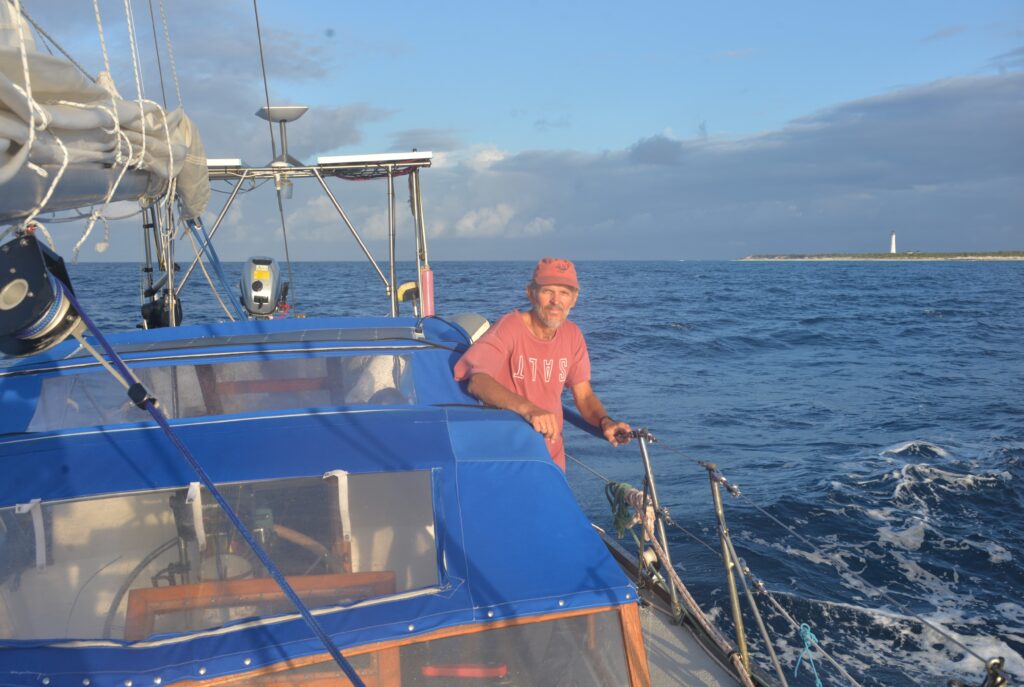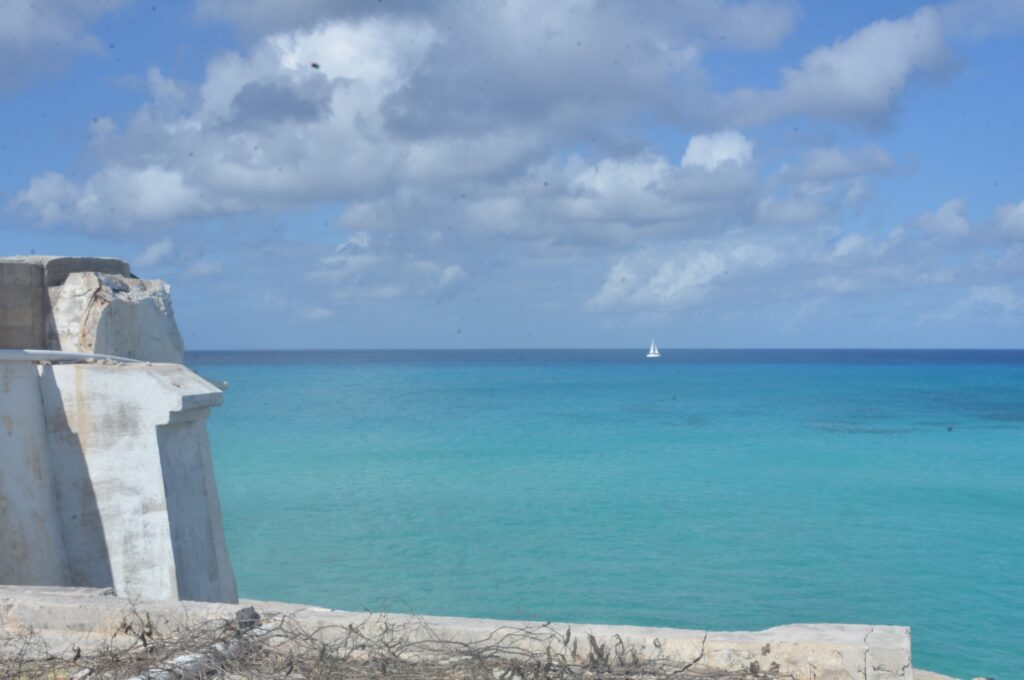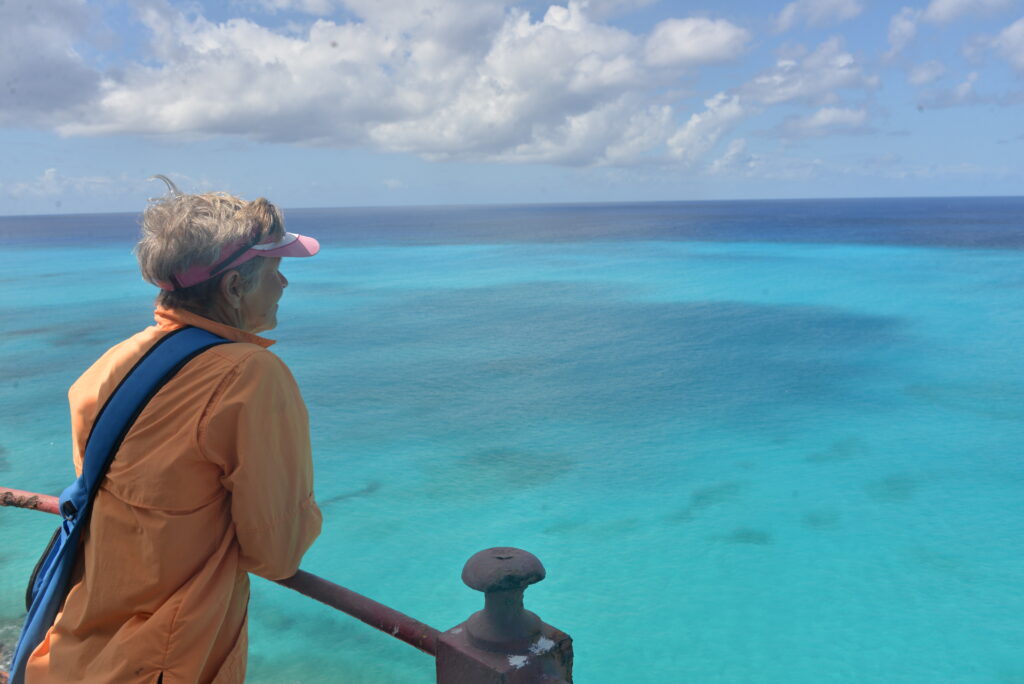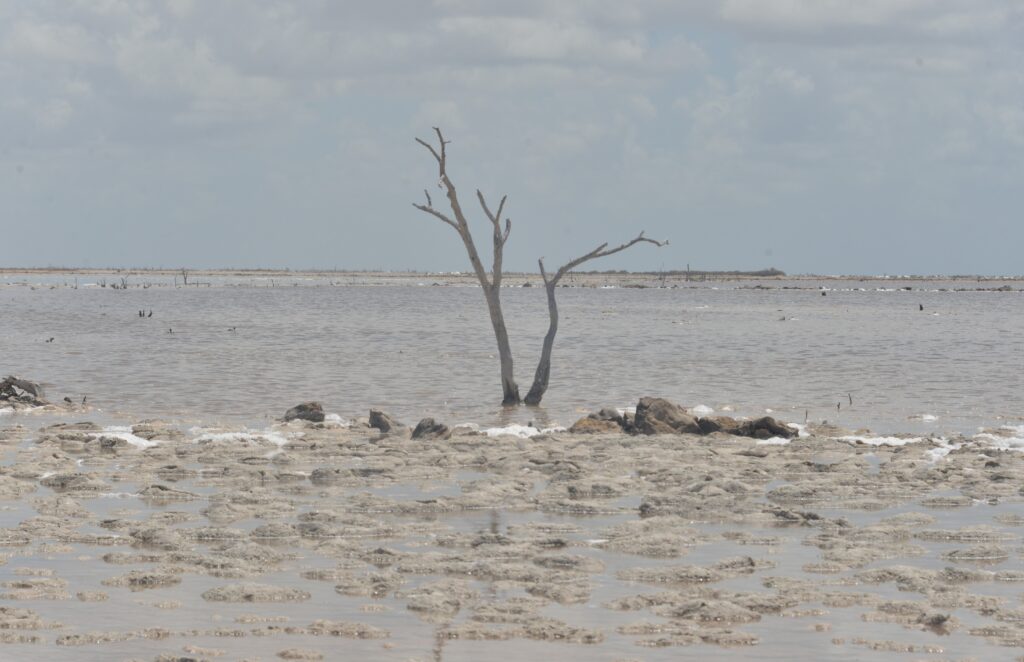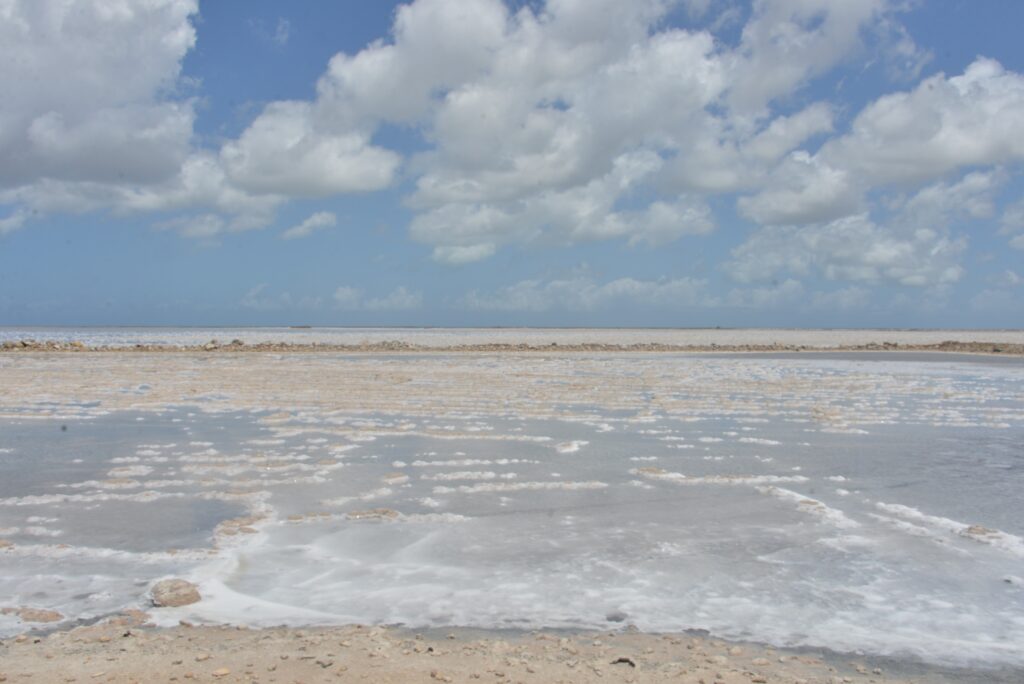We decided to venture further south, taking an unconventional route through the island of Grand Inagua, the second-largest island in the Bahamas and home to a significant population of flamingos. The island is renowned for its salt extraction, a process where seawater is pumped into special salt ponds and evaporated by the sun. Salt production has been ongoing since the 16th century, and today it is overseen by Morton Salt, making it the second-largest producer in North America, churning out 1 million tons of salt annually. Witnessing the evaporation and collection of salt was truly fascinating, taking into account my professional interest in measurements of seawater salinity (www.salinometry.com). Although flamingos also inhabit the salt ponds, we were unfortunate not to catch a glimpse of them—our guide informed us that the absence of these majestic birds, symbols of the Bahamas, was unusual, possibly due to strong winds which they typically avoid.
The island’s capital and the sole harbor is Matthew Town, named after George Matthew, a 19th-century Governor of the Bahamas. We docked there to repair our torn jib halyard, damaged during our passage to the island. The harbor was bustling with ships from the Bahamas Navy, along with a state dock offering docking for a steep fee of 16 dollars (!!!) per day. In Matthew Town, we discovered a functioning lighthouse that we could ascend—an unexpected stroke of luck! From the lighthouse lantern’s vantage point, we spotted a flock of White-tailed Tropicbirds and a solitary dolphin gracefully swimming by, creating a mesmerizing sight against the backdrop of turquoise waters!
Although we managed to repair the jib halyard ourselves, it was heartening to receive assistance from our dock neighbors Dave (S/V Shelagh), James (S/V Blue Argos), and the versatile local Jak of all trades, Emmanuel. A heartfelt thanks to everyone for their help!
